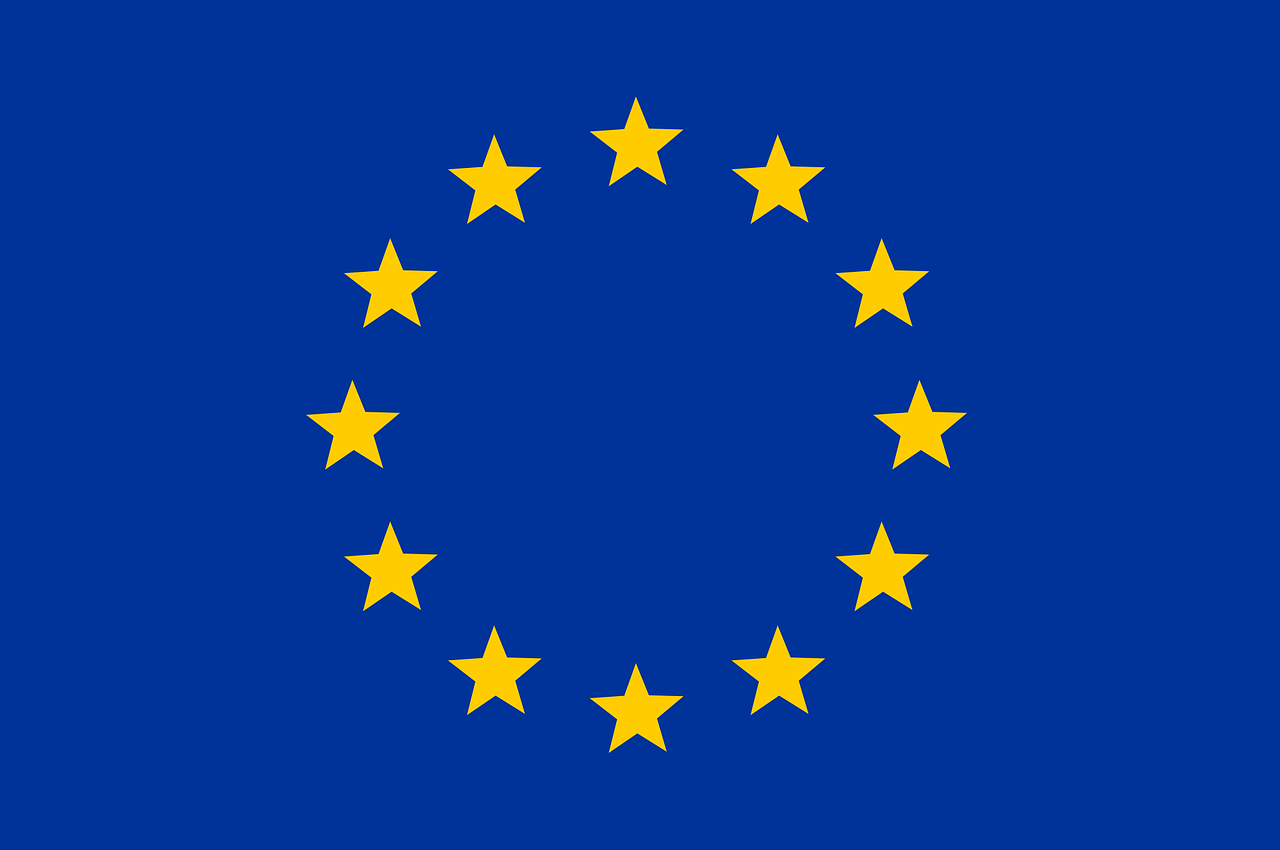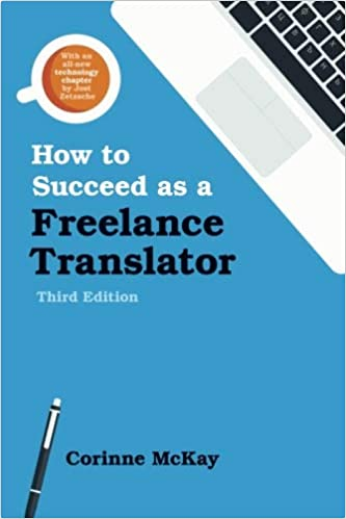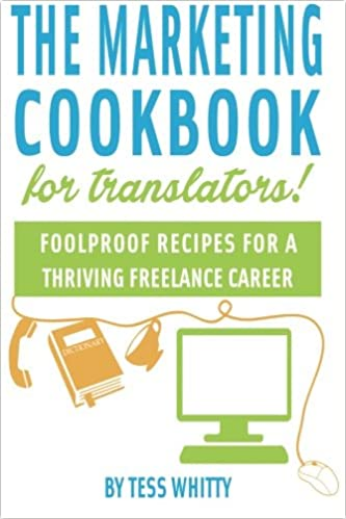- Home ›
- German Translator 101 ›
- Translation Checklist
German to English Translation Checklist
10-point checklist for delivering excellent German to English translations!

If you're translating professionally - rather than as a student (or for fun!) - then you’ll know that your translation involves much more than simply turning German to English.
Let's call it the logistics process – i.e. establishing the framework conditions that will ensure the translation project itself goes off without a hitch.
Never assume everyone is automatically on the same page, make sure the details are spelled out in advance, and avoid surprises. This is the secret to a happy client, good German to English translation, and hopefully repeat business. So refer to this checklist before you start your next German translation!
1. Are you qualified?
- Is this the language pair (e.g. German to English) you are qualified to translate in – not just paper qualifications, but in terms of confidence in your own translation abilities. Do you translate in both directions, for example?
- Do you need to take regional variations into account (e.g.
UK English or US English)? Are you comfortable with the differences?
- Does the subject matter fall within your area of specialization? Are you at home with the subject terminology? Do you have access to the terminology resources you will need?
- Does the client need a translation for official purposes? Does it need to be certified? (e.g. for use in court)
2. The target audience
- What is your target readership? Is the text addressed at native English speakers or an international audience, children or adults, the general public or a specialized audience, e.g. lawyers, doctors...?
- What is the purpose of the text? Is is informative, authoritative, entertaining, persuasive....?
- Does the client actually require transcreation? For example, if the source text is an advert or a marketing text, including slogans and plays on words, then the translation will also require significant creative input, and a much greater consideration of cultural context. Make sure the client is aware of the work involved.
3. The required style
- Will the translation be published? If so, does the publisher favour a particular style / rules of punctuation? And is the publisher expecting you to review the translated text after layouting, etc.?
- Are you expected to adhere to specific terminology (e.g. pharmaceutical, legal, client’s own in-house style...)?
- Can the client supply you with background material/similar translations?
4. Delivery format
- What format will the text be delivered in (e.g. PDF, Word document, specific in-house corporate design...)? Do you have the software tools you need to convert the source file into a form you can work in? For example, some PDFs of photocopied sheets of forms and documents can be very difficult to convert / decipher.
- Does the client want to receive the translation back in the same format? E.g, same layout, same file type. Or will a Word document be sufficient?
5. Technology
- Do you have all the necessary software you need? (If you have a PC, can you work with documents produced on a Mac?)
- Are you confident about working with the software (e.g. Excel, PowerPoint, Adobe Acrobat)?
- Are you expected to use CAT (Computer Aided Translation) tools such as Trados? If so, can the client provide you with existing TMs and glossaries?
6. Logistics
- Who is your contact person?
- Is the client supplying official terminology lists and glossaries?
- What’s your deadline for delivery?
7. Checking
- Have you read your translation through thoroughly? I often find that printing it out, taking a red pen, and sitting down quietly to read it through, away from the computer, gives you the distance you need to spot mistakes or any areas for improvement.
- Do you need to add a translator's note to highlight any translation decisions you made? (A great way of demonstrating the thought processes behind some of your translation decisions in the event of future queries.)
- Have you checked with the client on anything which is unclear (e.g. in-house abbreviations)?
- Will you be requested to do a layout check before your translation is published/goes to print?
8. Agreeing rates
- Have you agreed on a per word (or per line) rate? Is this based on the source language (SL = German) or target language (TL = English)?
- Do your rates reflect the format in which the text is supplied or delivered? For example, do they consider the time you spend converting PDFs, or formatting PPTs? Here an hourly rate may be fairer.
- Are you clear with the client about your policies on charging for changes made to the source text after it has been delivered to you?
- Have you agreed a surcharge for working at the weekend or delivering within 24 hours?
- Do your rates include subsequent rewrites and proof-reading?
9. Payment
- When will payment be due (immediately after delivery, within 14 days, one month..)?
- Will you be adding sales tax/VAT?
- For foreign payments - who will pay the bank transfer charges?
- Have you taken exchange rate fluctuations into account?
- Will you be using online payment methods?
- Will there be compensation if the job is cancelled after you’ve started?
10. Legal considerations
- For new clients, have you issued an official offer stating your terms and conditions, and has a signed copy been returned to you?
- Are you under an oath of confidentiality regarding the subject matter of the translation?
- Do you have the necessary level of professional indemnity insurance?
This German to English translation checklist has served me well over the years – I hope it'll help you too!
- Home ›
- German Translator 101 ›
- Translation Checklist

Joanna Scudamore-Trezek
I'm a German to English translator living and working in Vienna, Austria. I turn German texts into clear and accessible English, allowing clients to present their stories, ideas and information to a completely new audience. My business and marketing clients rely on me to get their message across clearly and effectively. How can I help you today?














